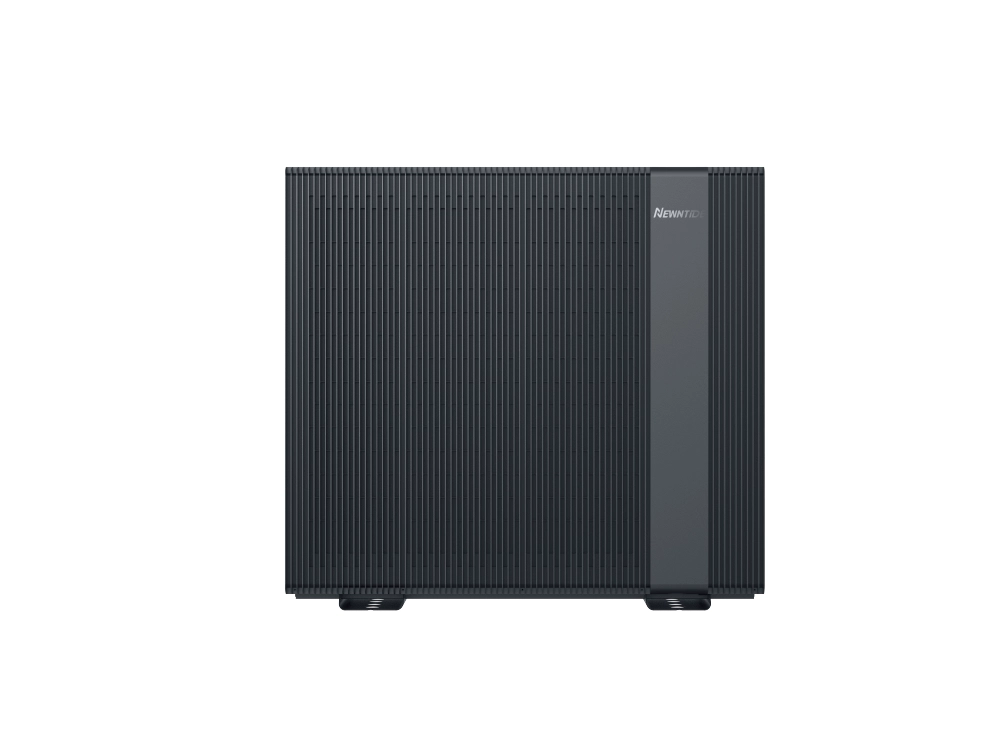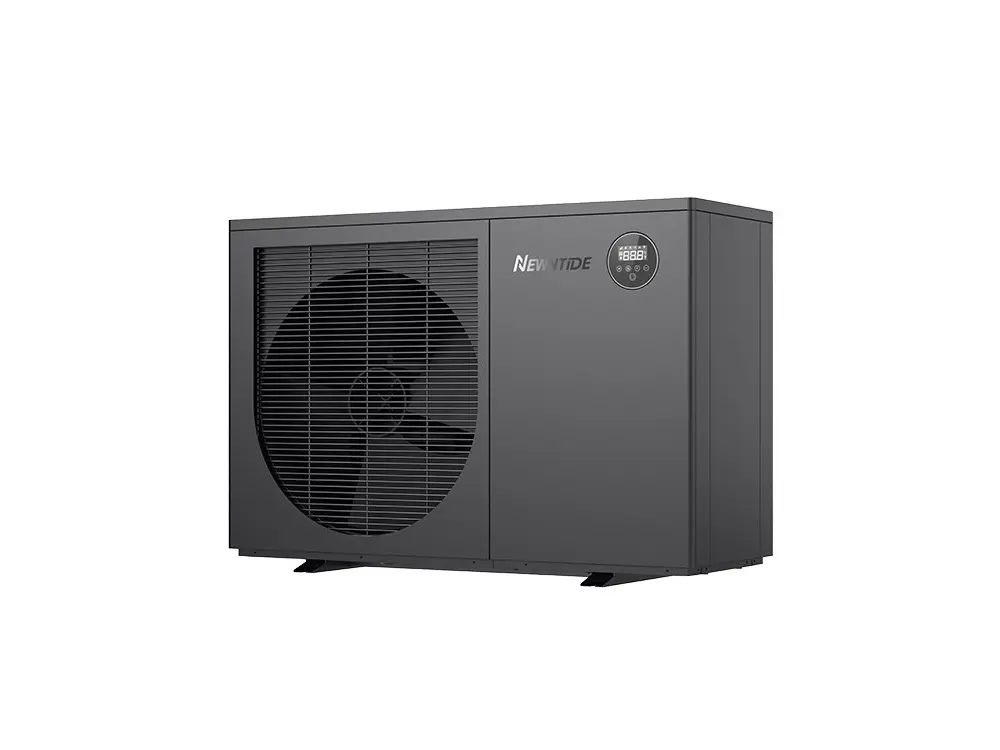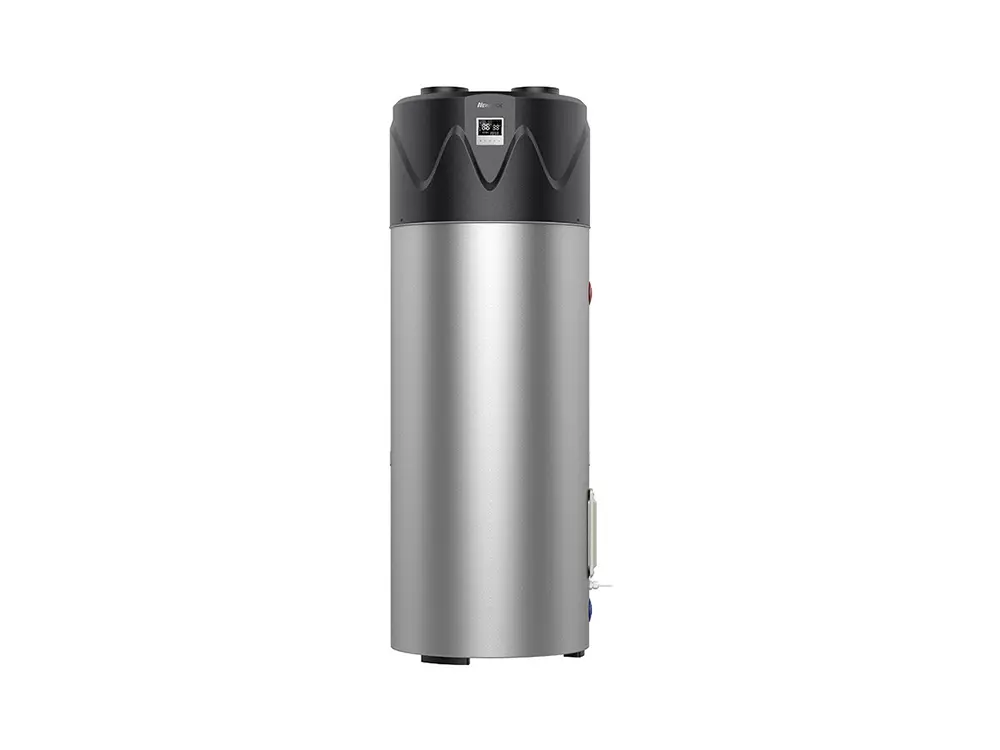
Introduction
Different heating systems are used across Europe and the UK to heat households. Some range from gas boilers to air-source heat pumps to space heaters.
Each heating system has its own advantages. Gas boilers, for instance, provide consistent and reliable heating. Meanwhile, heat pumps provide maximal efficiency and diminish carbon footprint.
Cost is a significant factor in heating your household adequately with all these systems. You must select an efficient and economical heating method for long-term savings.
Here, we’ll investigate the nine cheapest ways to heat your household and guide you in maximizing its efficiency.
On another note, at NEWNTIDE, we offer varied products, especially air-source heat pumps. You may be interested in purchasing any of our products. Then send us a quote at https://www.newntide.com.
Let’s get started.
What’s the cheapest way to heat your home?
You’ll find varying heating systems and solutions available. The following are some of the cheapest ways to heat your household:
1. Gas boiler
A gas boiler is typically the most economical way to heat your home. This is especially true compared to other systems, like heat pumps.
A chief reason is that natural gas is less expensive than electricity and oil. That implies that gas boilers’ fuel expenses are much lower.
For instance, in the UK, gas prices are 6.34p per kWh as of January 2025. That’s compared to electricity, which costs 24.86p per kWh.
However, gas prices will accordingly rise. That can happen as the UK shifts from fossil fuels and heads toward renewable energy.
Another reason is that gas boilers are simple to install and maintain. This is particularly true compared to other heating system variants.
You’ll find that older models of boilers function at approximately 60-70% efficiency. In contrast, modern boilers possess an efficiency rating of over 90%. That makes them comparatively cost-effective and more eco-friendly.
Considering the UK, the government plans to ban gas boilers in 2035. If that happens, gas boilers’ popularity will substantially decline. That will lead to the push towards alternative heating solutions, i.e., heat pumps.
Furthermore, if that happens, gas boilers will no longer be prioritized for newer installations.
2. Air-source heat pump
Air-source heat pumps are no less than three times more efficient than any boiler type. Sometimes called air-to-water heat pumps, they function on electricity and provide several advantages. These include:
- They lower your energy bills for the long term, relying on the system you replace.
- They emit lower CO2 emissions, thus aiding in diminishing your carbon footprint.
- They don’t use fossil fuels but instead take heat from the environment.
Despite these advantages, air-source heat pumps have greater initial expenses than gas boilers. On average, these appliances can cost between £2400 to £12350.
For example, in the UK alone, electricity is about four times costlier than gas. That makes heat pumps less attractive, but their adoption is rising gradually.
Incentives like the Boiler Upgrade Scheme (BUS) can offer grants of up to £7500 for heat pumps in the UK. Hence, using air-source heat pumps becomes a comparatively cheaper way to heat homes.
As stated before, heat pumps are very energy-efficient appliances. Yet electricity prices can alter with time. Thus, savings are expected to improve on energy bills with such a system.
That’s why air-source heat pumps are heading to be more appealing than gas boilers.
3. Oil Heaters
Next, we move to oil-based heaters, including oil boilers and electric oil heaters.
Oil boilers deliver central heating and hot water, thus functioning identically to gas boilers. However, they rely on oil as their supply of fuel. That’s stored on-site in an exterior storage tank.
In the UK, for instance, the cost of oil boilers can range between £1000 and £5000. You may know that here, oil is cheaper than electricity but more expensive than gas.
Over the past two years, oil has become up to 25% pricey in the UK. It’s projected to continue rising rapidly. Getting an oil boiler will gradually become one of the costlier ways to heat your household.
Apart from oil boilers, you’ll also find electric oil heaters. These portable and small appliances can heat one small to medium-sized room. Fundamentally, they are stand-alone radiators filled with oil. They use electricity to heat oil within a unit.
Note that they take some time to heat up at the start. But once hot, they don’t utilize too much electricity to remain hot. That implies you can get cheap heating over a few hours.
The smaller models of such electric oil heaters cost under £30. Meanwhile, superior wattage models generally range between £55 and £300.
4. Wood Stoves
The commencing cost for a wood burner or stove falls between £550 and £3000. That depends on whether you have the following or not:
- Fireplace
- Flue
- Chimney
After the wood stove’s installation, you need approximately 3.5 cubic meters of kiln-dried logs.
The aim is to heat your household during the colder months. You can see that a cubic meter presently is priced at around £239 on average. That makes it one of the lowest-priced fuels.
Note that log burners are a variant of room heaters. They aren’t linked to your household’s central heating system. They deliver heat for distinct rooms.
You may technically combine your wood burner with your central heating system. The aim could be to heat your entire household. However, it’s not explicitly recommended if your household isn’t well-insulated.
With this method, you won’t get efficient heating across your household. Furthermore, installing and running a separate hot water cylinder adds to the burner’s overall costs.
5. Solar Heating
Solar heating solutions employ the sun’s energy. They store warm water in a hot water cylinder or thermal store, providing hot water for showering, bathing, and hot taps.
The amount of solar energy available differs throughout the year. Thus, a solar water heating system won’t provide hot water year-round. Hence, a conventional boiler is typically used to cover the difference.
Large solar hot water arrays can further deliver space heating to your household. Yet, the heat provided by such a system is, in general, much less. That typically makes up less than 10% of your household heating needs. Thus, it’s not considered as fitting.
The expenses of solar thermal systems vary and can range between £3000 and £8000. That encompasses installation costs and all materials (including solar collectors, pipes, and hot water tank).
Such systems offer numerous advantages, e.g., they use renewable energy sources and require low maintenance. The initial investment is undoubtedly higher but should be long-term profitable. However, they necessitate plenty of space and sunlight to make up for your heating demand.
Thus, they typically can’t be used to heat rooms and can only heat water.
6. Electric Heaters
Electric heaters are next in line as an economical way to heat your household. These employ electricity as the primary energy source. Moreover, they come in various options and are highly efficient.
Among them, electric combi boilers are poised to become gradually popular. They deliver both central heating and hot water on demand via a single unit.
The upfront costs of such electric boilers range between £900 £2500. Meanwhile, more premium models can be priced up to £4500. Moreover, the running expenses of such a boiler can be approximately £1717 yearly.
By using electricity, you can save tonnes of CO2 instead of gas.
You’ll further find portable electric heaters known for their cost-effectiveness and user-friendliness. These heaters are typically used to heat a single room. It’s especially true when central heating isn’t available or when one space requires targeted heating.
Some popular types of such electric heaters include:
- Fan heaters
- Infrared heaters
- Ceramic heaters
- Convection heaters
- Halogen heaters
Concerning them, you’ll find both budget and high-end electric heaters in the market. Moreover, the approximate cost of such heaters ranges between £60 to £200. That depends on the model, brand, warranty, features, etc.
Such electric heater models have outputs in kW, making it easy to choose one for your heating needs.
7. Space Heaters
Space heaters don’t heat your entire household. These portable devices heat particular rooms or areas. They may not be cost-efficient if not used cautiously and efficiently in the long run.
An electric space with a maximal output of 1.5-1.8kWh costs around £100.
You may plug these space heaters into a standard socket. That may make the starting cost very low. However, you need three of these, assuming you live with two more people in your household. It’s especially true if they need to heat up in rooms other than yours. That makes a total of £300.
Additionally, you still necessitate a hot water tank for showering and washing up. Using space heaters can incur annual running costs of approximately £3463. It’s assuming you have a three-bedroom household and you use three space heaters.
You may enter a room without a space heater. In that case, you may have to carry it there, which can be tough and laborious.
8. Radiant Floors
Radiant floor heating is also better known as underfloor heating. It’s unlike regular systems that release heat from a radiator. Instead, underfloor heating is placed underneath the floor to heat the whole room evenly.
You can see that there are two variants of underfloor heating. These are:
- Water-based (wet) underfloor heating: Such systems pump heated water from a boiler via pipes under the floor.
- Electric underfloor heating: Such systems use electric cables to fulfill the same heating effect.
Radiant floor heating can cost between £3000 and £13000 for an average-sized household, including materials and installation.
Moreover, electric underfloor heating is less expensive to buy and install. Yet, water-based underfloor heating is economical to run.
Underfloor heating systems can offer several advantages for household owners. These include:
- They give increased comfort and consistent heat distribution. It’s because the entire floor surface heats up evenly.
- They provide streamlined or minimalist designs in households.
- They offer high energy efficiency.
Furthermore, radiant floor heating is compatible with alternative heating systems like heat pumps. That further makes them a sustainable choice for household owners.
9. Baseboard Heater
As you can see, a baseboard heater is also a type of heating solution. It’s also an economical way to heat your home.
Such a heater is generally mounted along the interior wall’s base. Such heaters can either be electric or hydronic (water-based). Their purpose is to give efficient localized warmth in particular rooms.
Electric baseboard heaters employ electricity that heats the metal fins. These then radiate into the air. On the other hand, hydronic baseboard heaters flow hot water from a boiler. That further heats the fins.
Both baseboard heater types are typically low-profile heating solutions. They function by heating air via convection. They maintain a warm temperature within a room by constantly replacing cooler air with warm air.
Another advantage of modern baseboard heaters is their compatibility with programmable thermostats. This permits optimizing heating schedules, which can result in energy savings.
Such systems typically require routine maintenance to ensure efficient functioning and long lifespan. For instance, the units must be cleared of accumulating debris and dust. You should also check for any leaks in the system, such as steam or water leakage.
How to Maximize Heating Efficiency
Several measures can be taken to maximize the efficiency of your household’s heating system. Here are some prominent ones:
- Ensure your household is well-insulated. That substantially diminishes the occurrence of heat loss. It further allows your heating system, like a heat pump, to function at peak efficiency.
- Perform routine maintenance of your heating device or system. In the case of a heat pump, it involves checking for refrigerant levels and cleaning filters.
- Invest in and use a smart thermostat with the motive to program heating schedules. That aids in the optimization of energy usage based on your heating requirements.
- Close the doors to rooms that aren’t being used. That prevents heat from escaping into unutilized areas and concentrating warmness where required.
- Maximize sunlight exposure through passive solar heating. The motive is to heat your home naturally without needing solar panels.
- Use portable systems, like space heaters, only when necessary. Never leave a portable system unattended; unplug it when not in use.
Conclusion
By now, you grasped the cheapest and differing ways to heat your household.
These comprise full-fledged heating solutions like gas and electric boilers and heat pumps. You’ll also find portable heating solutions that heat a room or limited space, like space heaters.
Currently, gas boilers represent the cheapest long-term way to heat your household. However, other heating solutions will become more cost-efficient and economical over the coming decade. These encompass air-source heat pumps and electric combi boilers.



